Require that accidents be reported, evaluated, and discussed at safety meetings
While having no accidents isn't necessarily a good indication that everything's ok, having them go unreported makes the matter worse. The reporting of all accidents is extremely important. Every accident is an opportunity to improve your safety program, to learn how to do a better job, and to protect your workers and facilities.
| February 14, 2014
Since accidents happen relatively infrequently, particularly in smaller organizations, keep track of the incidents and close calls/nearmisses as well. These are the events where matters of inches or seconds were the difference between nothing happening, a minor mishap, and a major disaster. The rule of thumb is that there are three hundred minor incidents for each major one. Think of all you could learn from having a chance to review the close calls. When organizations provide an easy way for employees to self-report and share accounts of close calls and near-misses, the frequency of accident invariably goes down.The safety committee should get copies of each accident or incident report and review it carefully. They should conduct an investigation of the event so that it can be correctly evaluated and the proper corrective action taken to prevent a reoccurrence. Don't go around looking for someone to blame. Looking to place blame is the quickest way to convince people that they shouldn't talk about what happened, to avoid telling the truth, or to have a loss of memory.
Then, the event should be brought to the attention of the rest of the people in your organization at a departmental safety meeting or by other means so that they too can learn from the experience. Photographs of injuries and property damage are graphic reminders of the consequences of carelessness, unsafe work conditions, and unsafe work practices.
At Cornell University, a review of the lab accidents for the prior several years revealed a pattern. There was one particular undergraduate lab experiment that was responsible for a disproportionate number of accidents. Changing the experiment helped to reduce the accident frequency.
Consider having an accident/incident report form for your employees and students to fill out. In the case of students, it will help them to develop an appreciation for this recordkeeping aspect of safety.
Source: Kaufman, James A., Laboratory Safety Guidelines - Expanded Edition, The Laboratory Safety Institute
















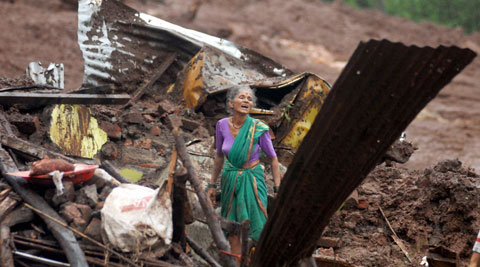 A villager search for family members among the debris of her house at the site of a landslide in Malin village, in Maharashtra on Wednesday. (Source: PTI)
A villager search for family members among the debris of her house at the site of a landslide in Malin village, in Maharashtra on Wednesday. (Source: PTI) 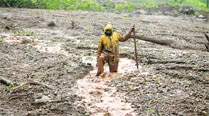
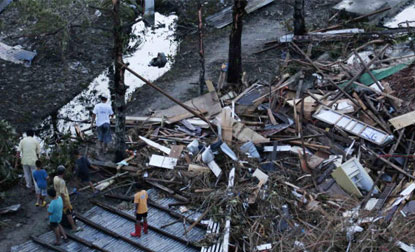


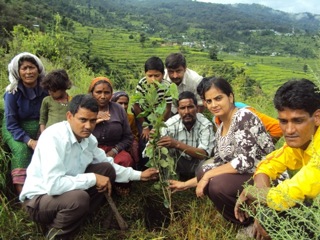










 Gallery An underground gas pipe explosion event at Taiwan
Gallery An underground gas pipe explosion event at Taiwan







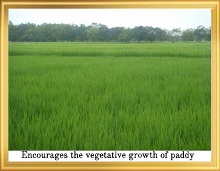
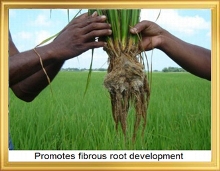
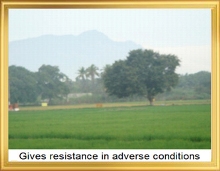
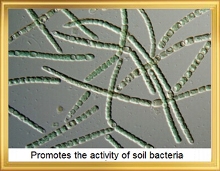
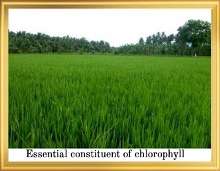
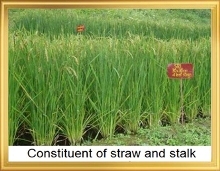
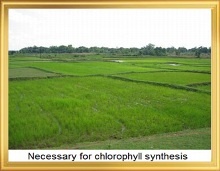
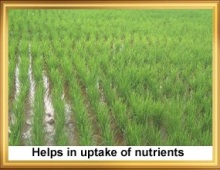
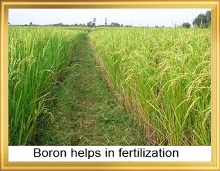
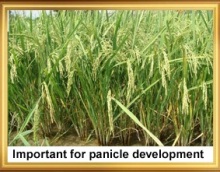

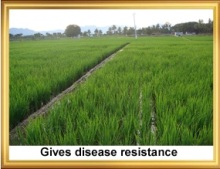
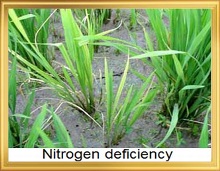
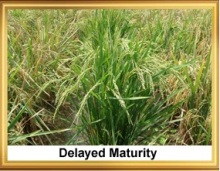
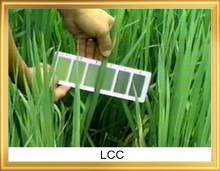
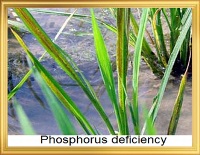
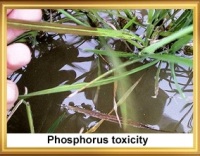
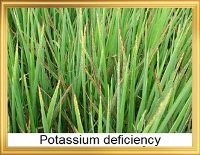
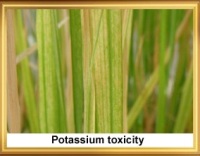
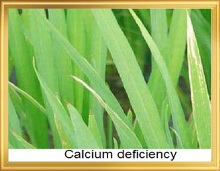
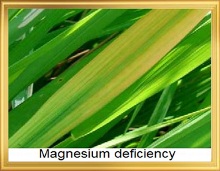
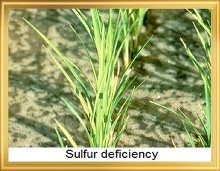
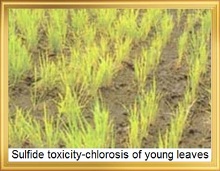
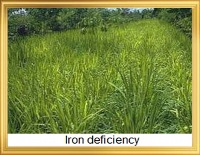
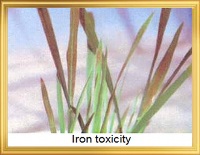
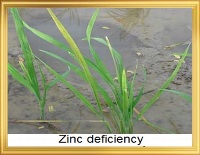
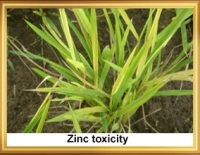
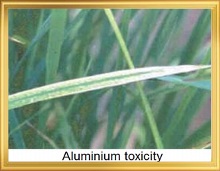
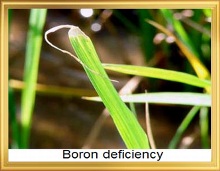
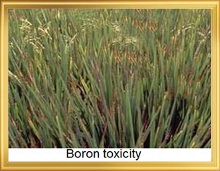
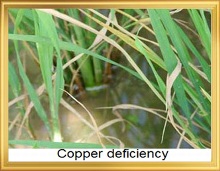
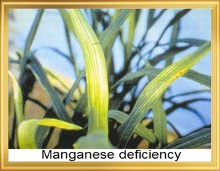
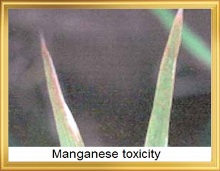
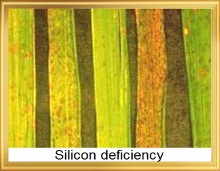
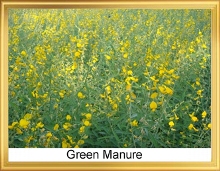
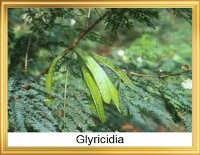
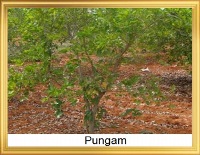
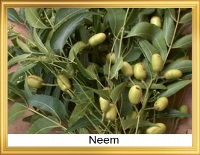
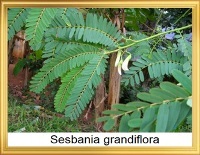
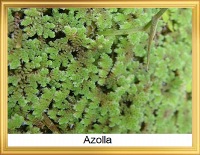

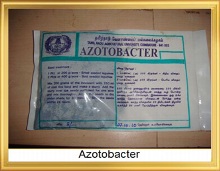
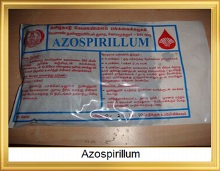
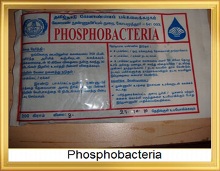
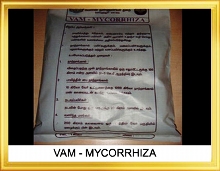
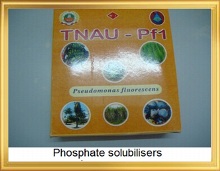
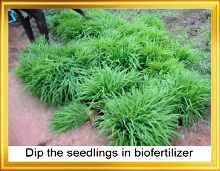

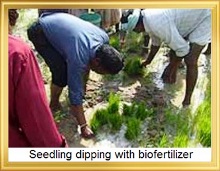
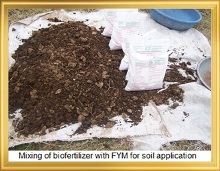
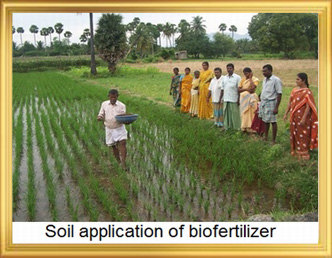
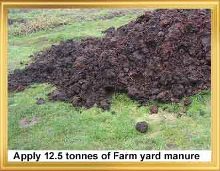
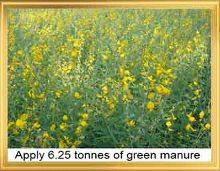
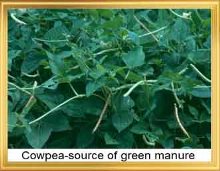

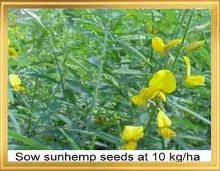

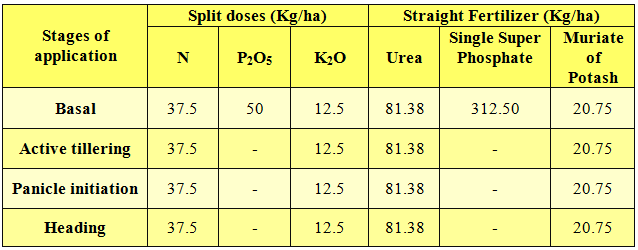
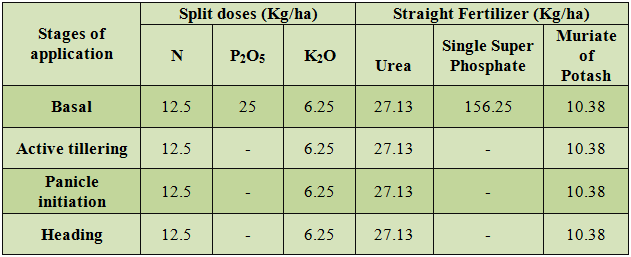
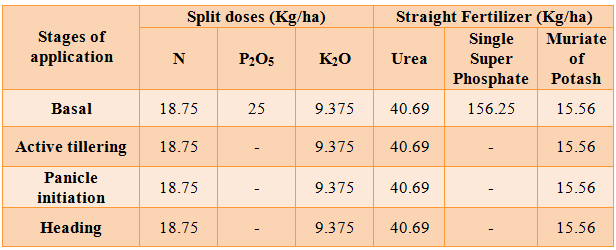
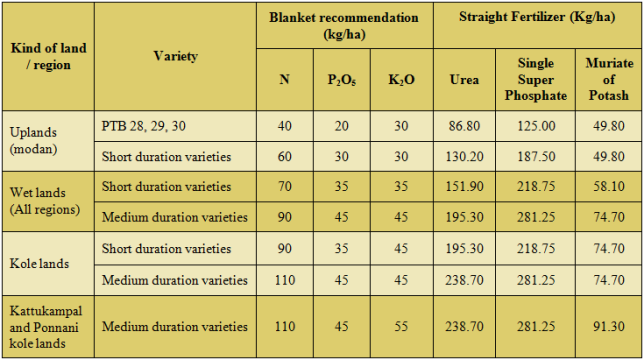
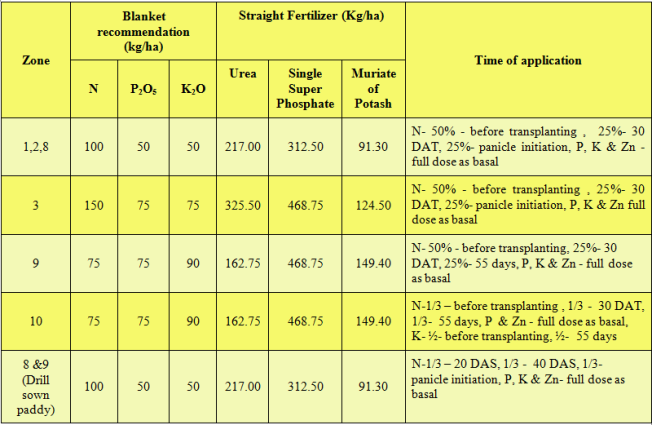
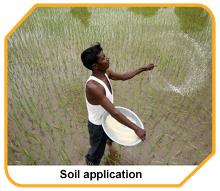
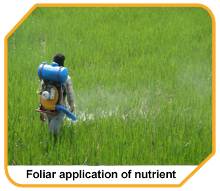
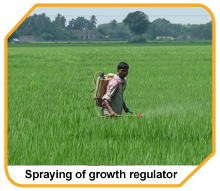
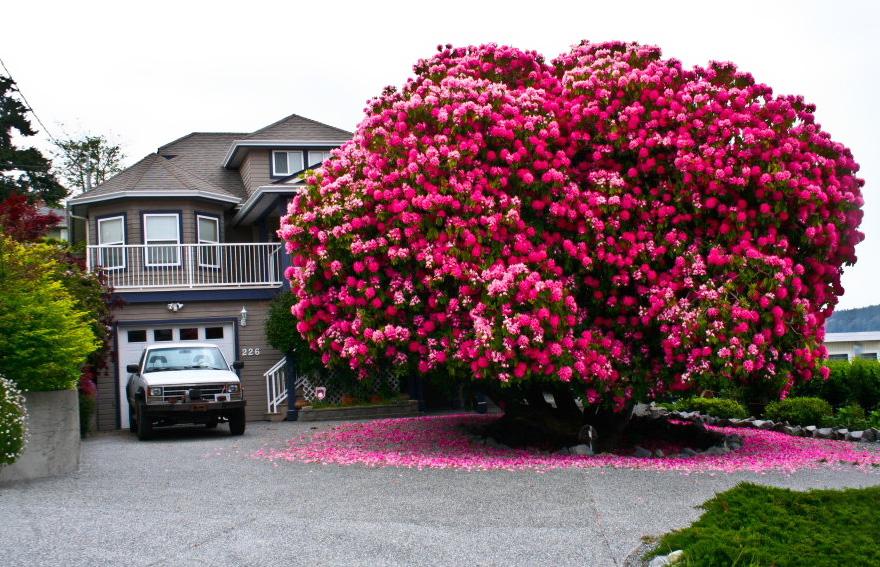

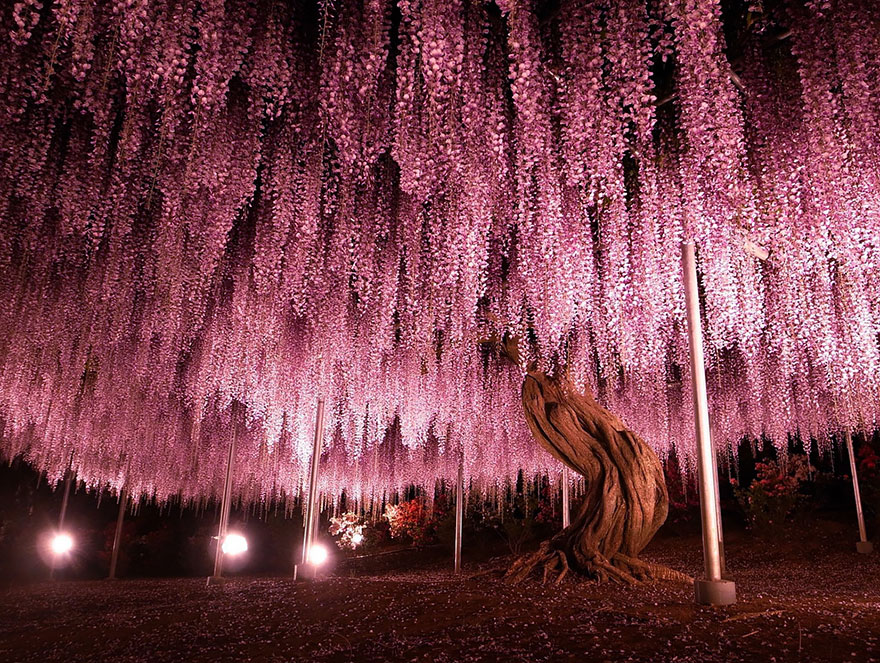
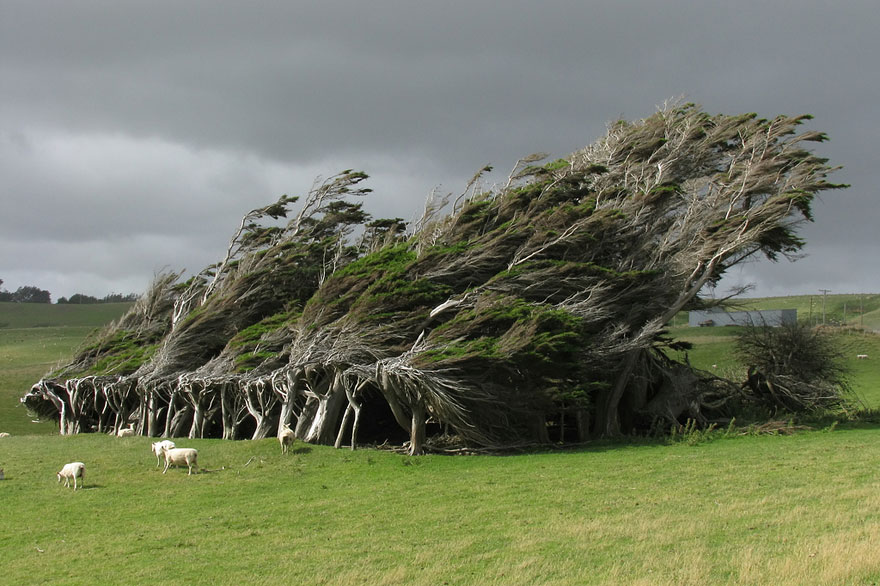





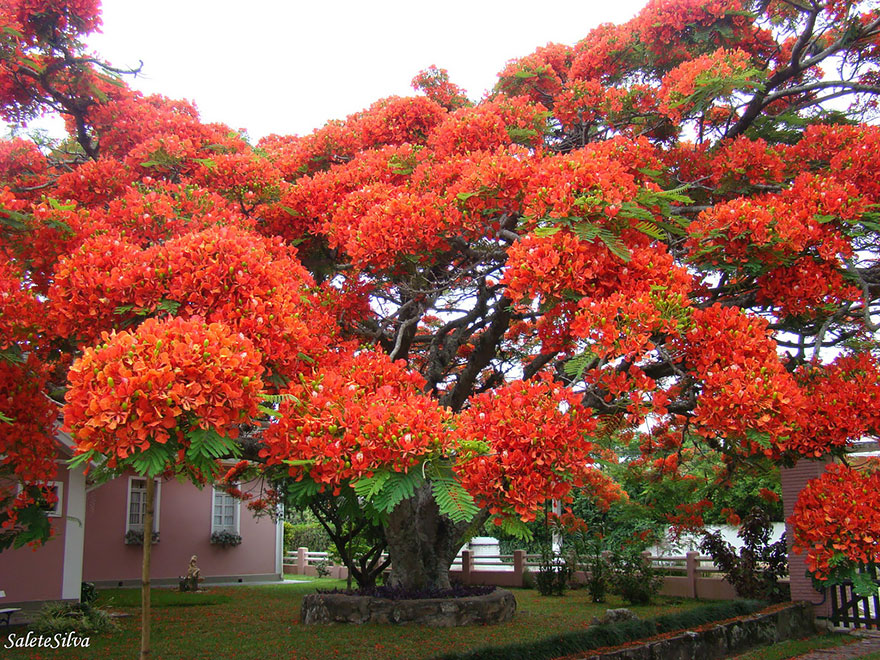

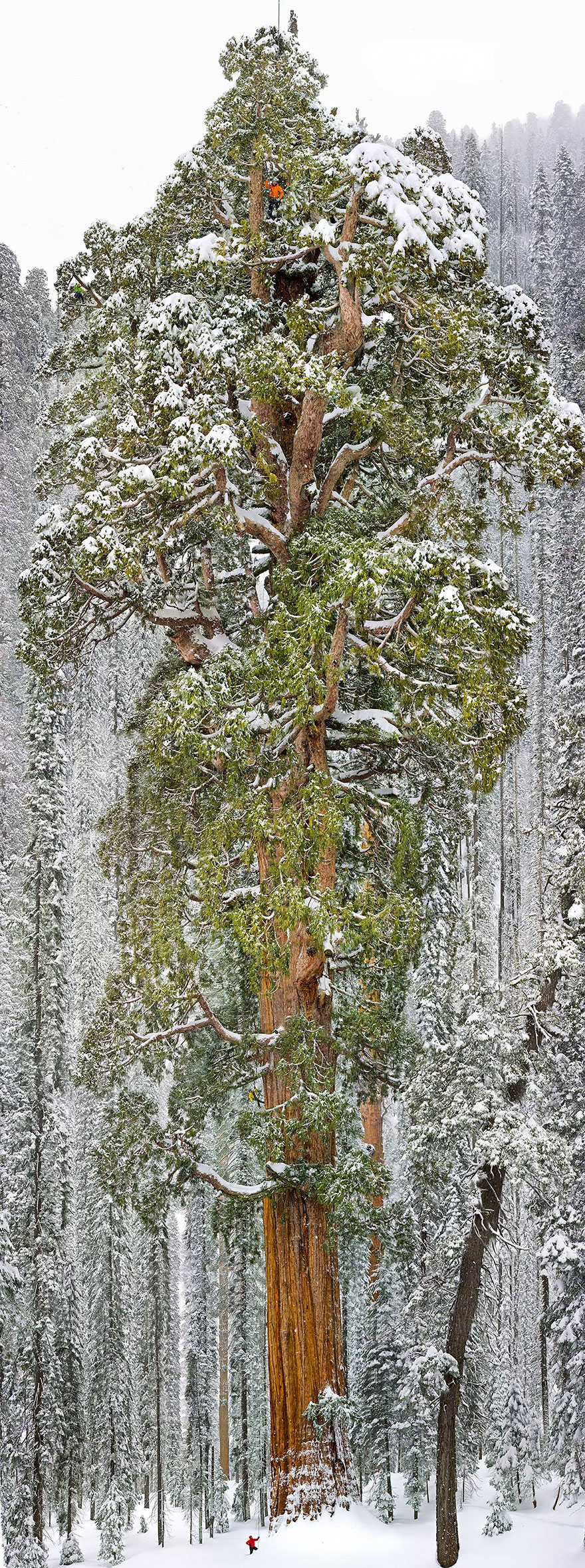
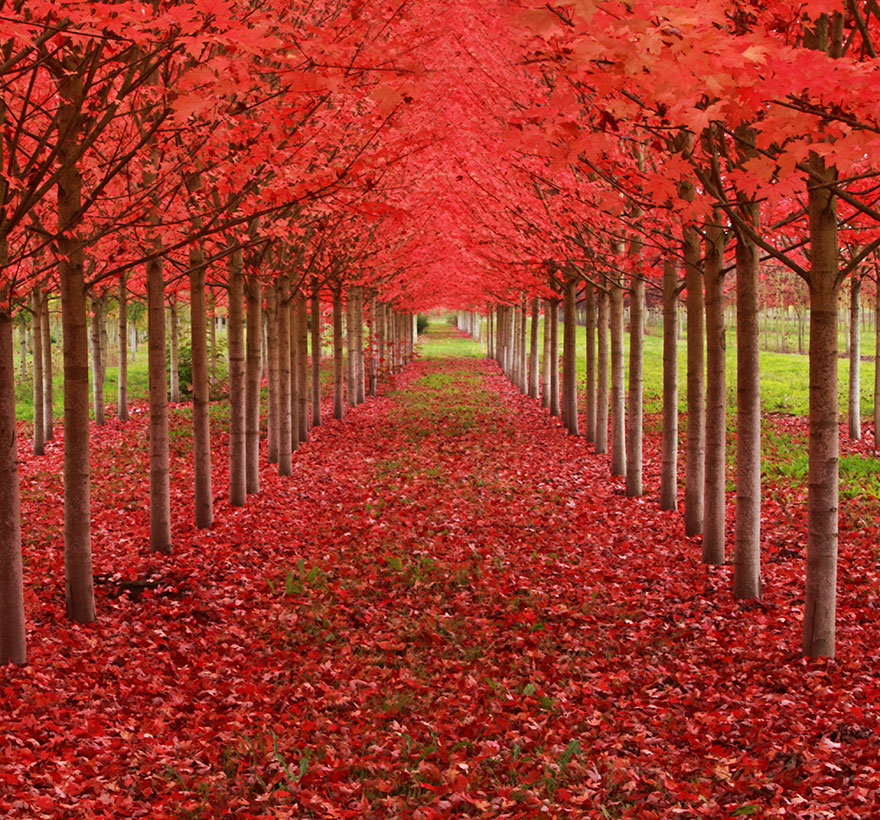
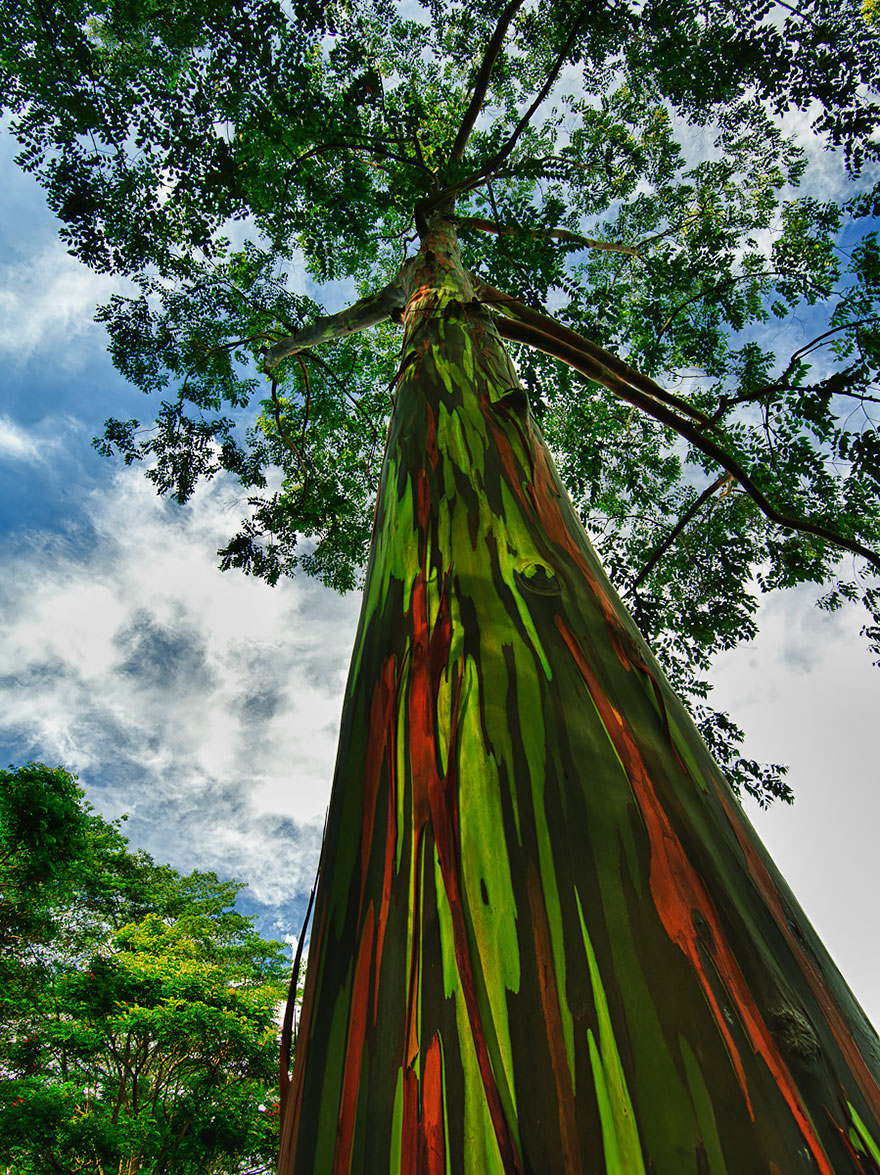
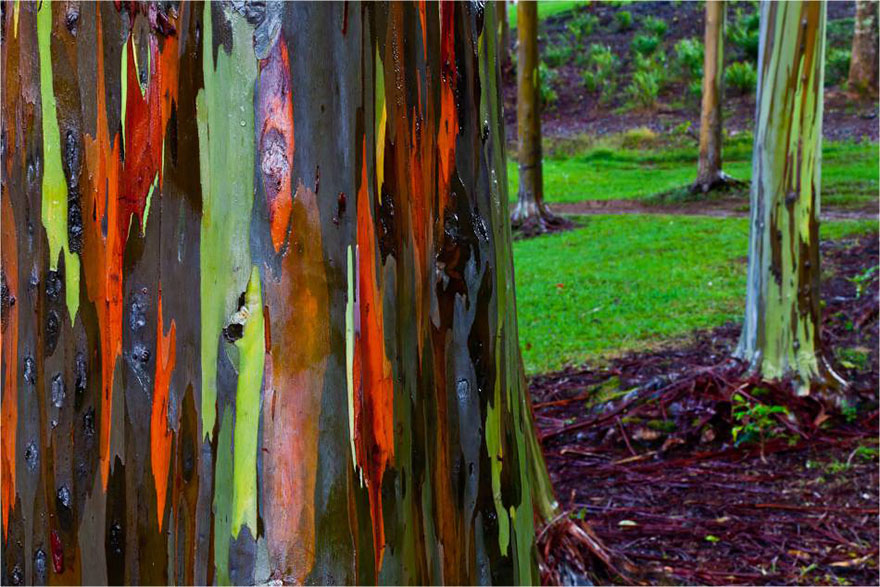
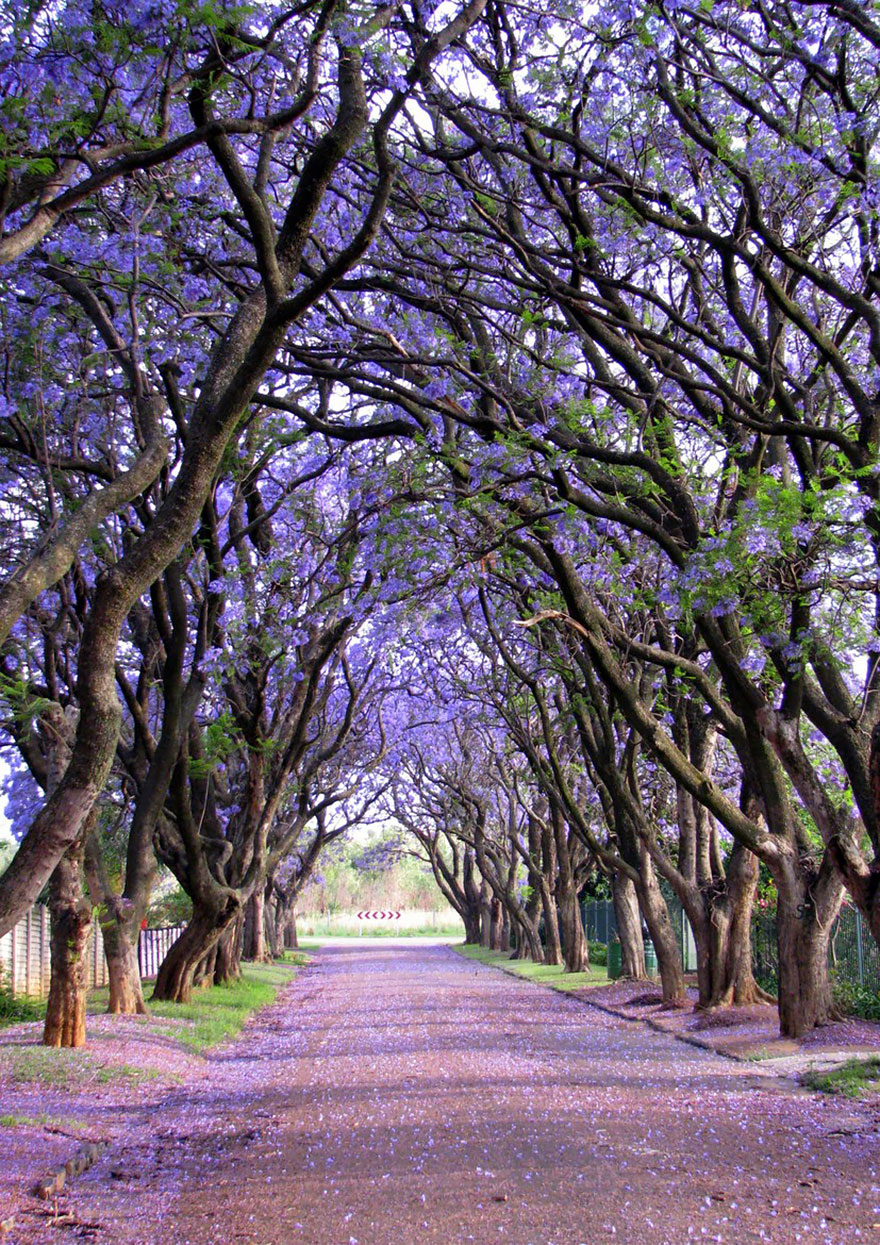

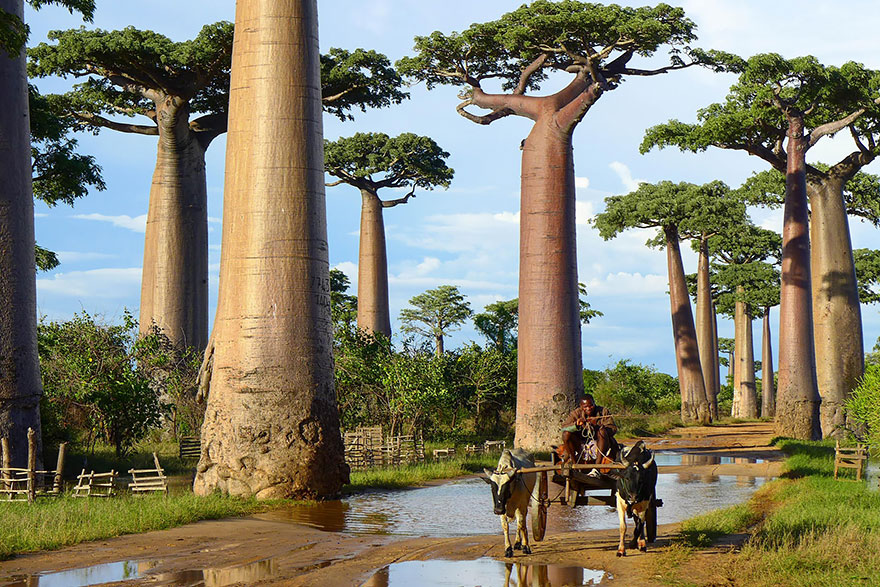


 Diabetes – Myths & Facts
Diabetes – Myths & Facts